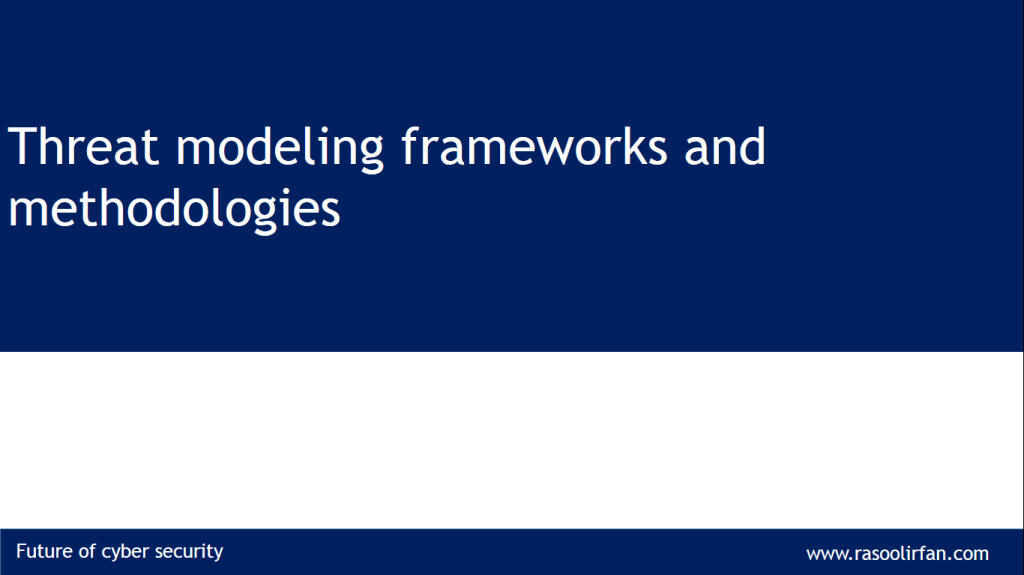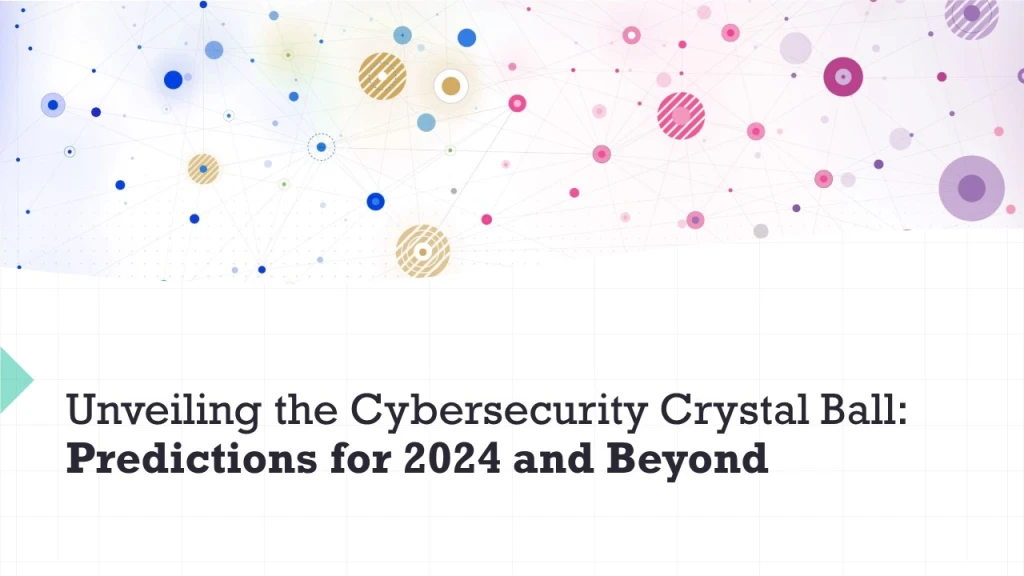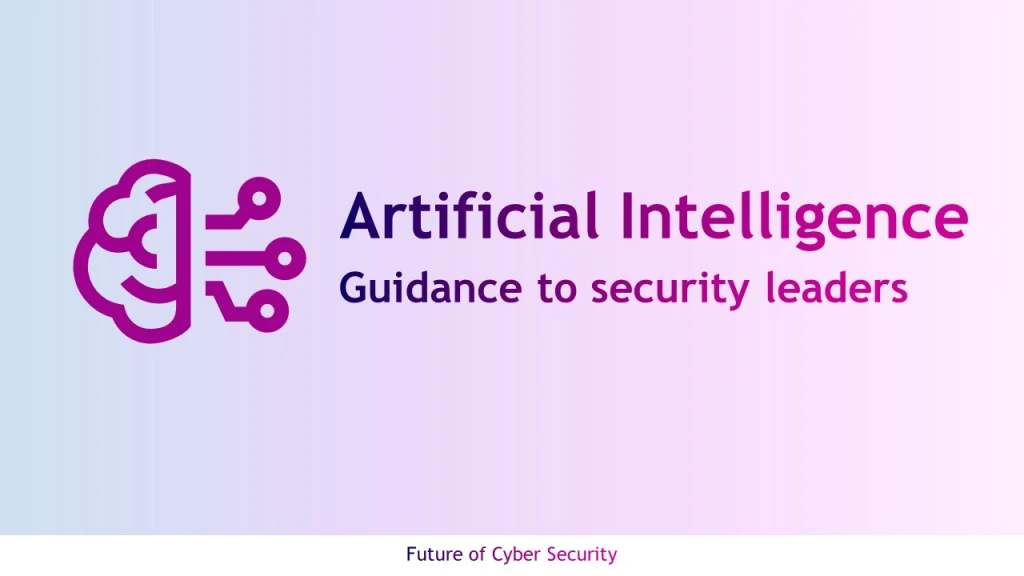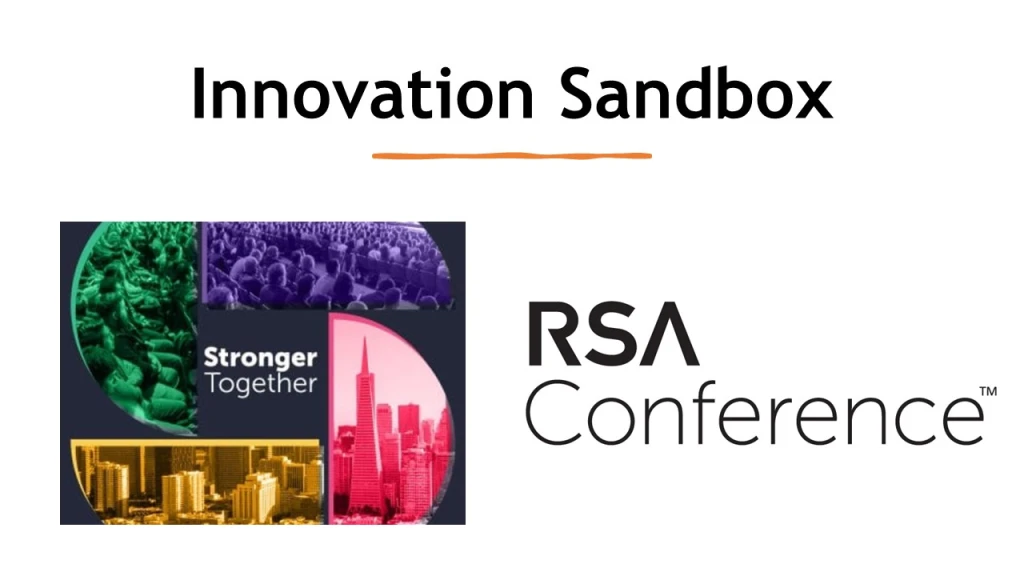Threat modeling is a process by which organizations can shift their security approach from reactively plugging exploits to proactively and systematically understanding and addressing potential threats in the design stage. This process identifies potential threats to the system, data/asset exposure, logical/architectural vulnerabilities, and relevant security controls to help evaluate security decisions, serve as a guide for security testing, and minimize risk exposure.
Responding to an attack post-production costs more than the cost of proactive mitigation integrated throughout the design and production phases
Many organization event today considers threat modeling as labor-intensive and manual process that requires lots of resources and produces outdated outputs within days of delivery. As enterprises become aware of the need for threat modeling, they are uncertain of how to implement the process throughout their organization and scale it across an entire cyber ecosystem consisting of thousands of applications, networks, or cloud infrastructure.
In this article, lets see various threat modeling frameworks and methodologies that can be easily implemented across any organization at scale either by adopting automated threat modeling solution or continue with traditional approaches. (also read – Cyber threat intelligence)
Below diagram clearly depicts various threat model framework and methodologies exists today

Threat modeling enables organizations to:
- Allow security and development teams to pinpoint high-value targets (assets) and data exposure early in the design phase – before applications are moved to production.
- Promote the use of secure code, enforcing standards organization-wide
- Enable pen testers to focus on the most critical entry points in applications.
- Generate reports and checklists to validate that proper security controls are in place to meet compliance objectives.
The six simple steps for effective threat modeling process are detailed in below diagram (also read – Threat hunt with humans)

Organization need to train their developers, application maintenance teams, and application security workforce to learn and adopt the best suited threat model framework and methodologies that helps to reduce their security operational expenditure budgets






Leave a comment